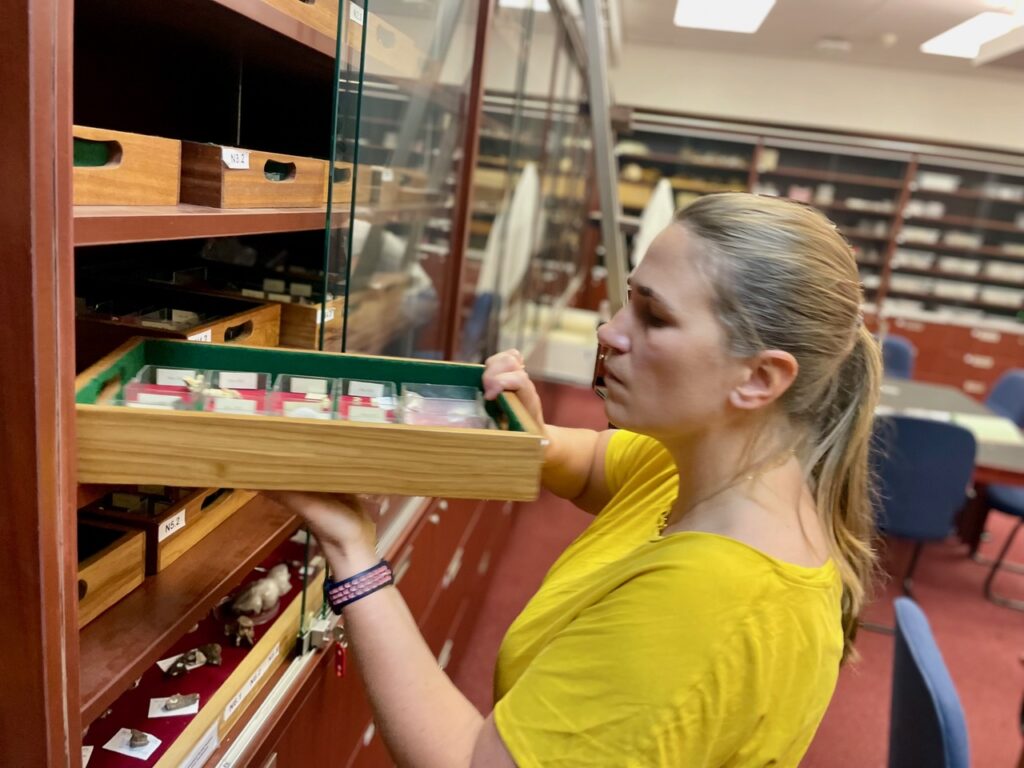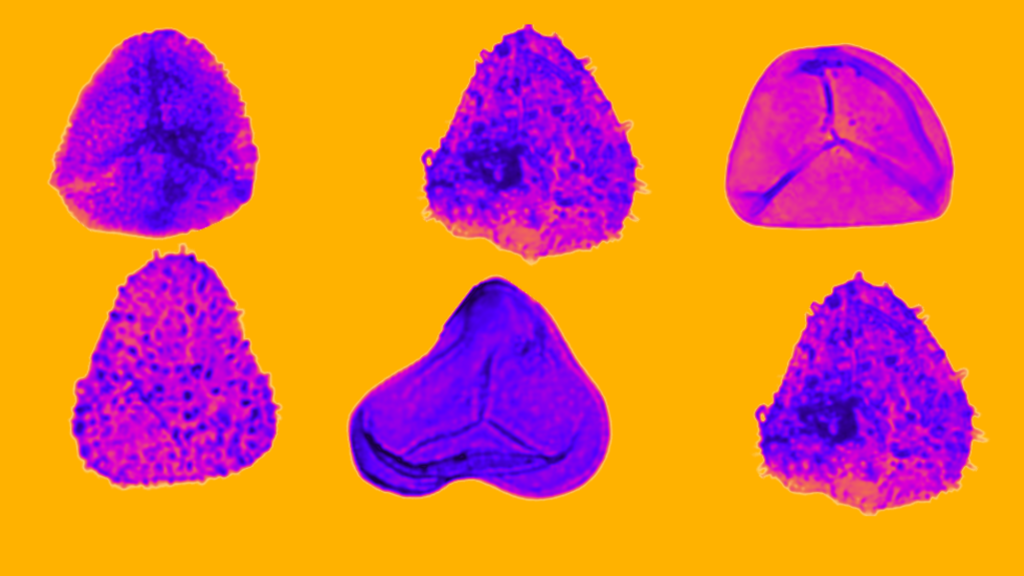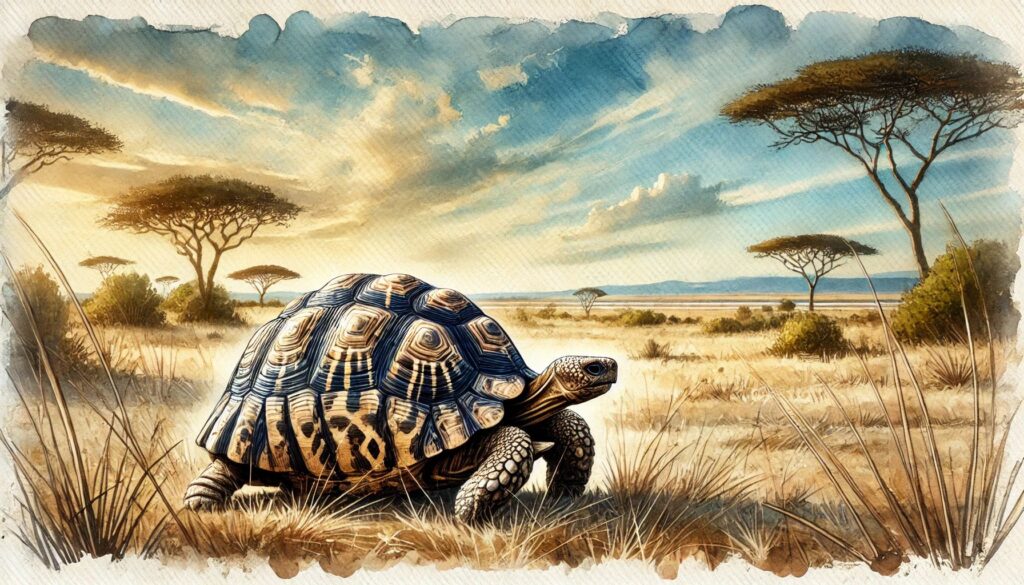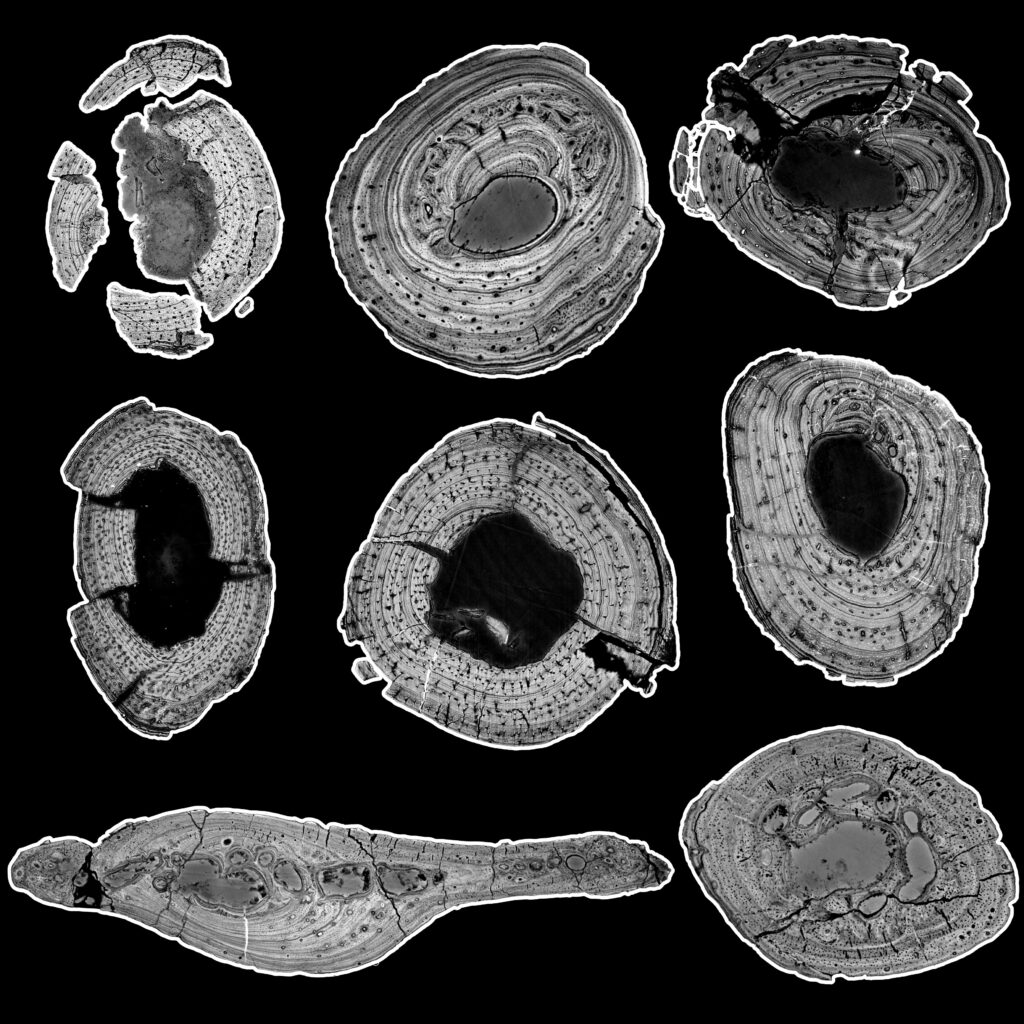Ancient San rock art reveals earliest known depiction of extinct Dicynodont
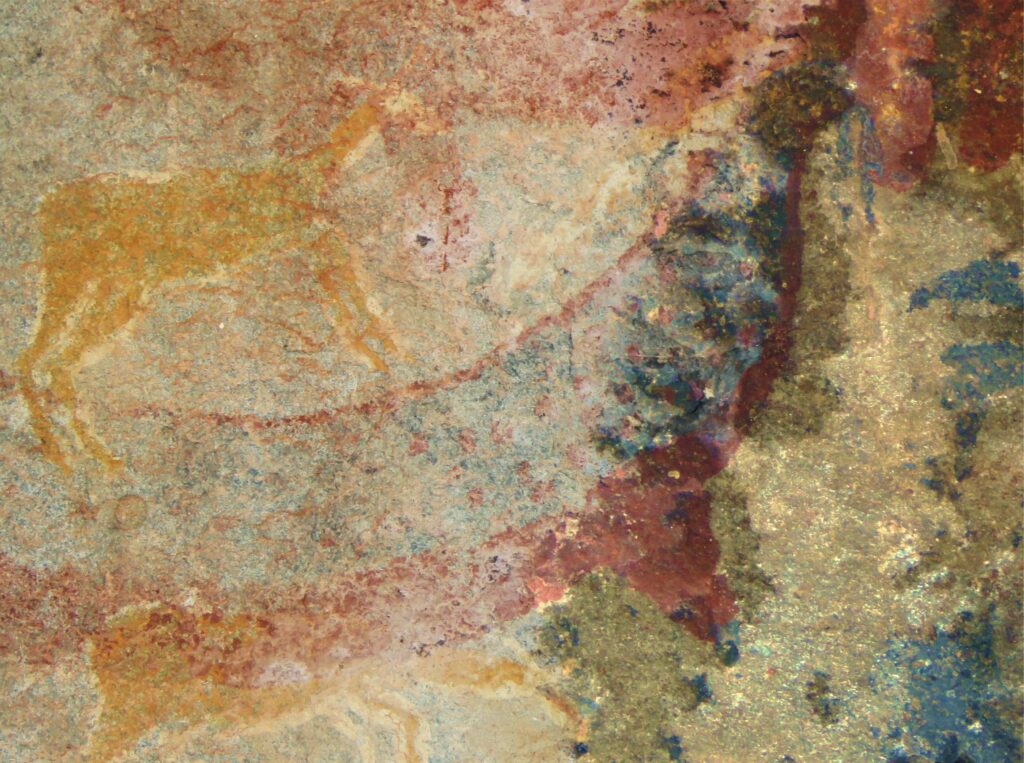
Rock painting suggests San people were engaging in palaeontology long before Western scientists.
San rock artists may have painted an ancient animal that used to roam southern Africa more than 250 million years ago.
The painting in a cave on the La Belle France farm in the Free State province of South Africa, may be the world’s oldest known piece of paleo-art depicting an extinct mammal-like reptile called a dicynodont, predating the creature’s official scientific discovery by at least a decade.
Professor Julien Benoit, a palaeontologist at the University of the Witwatersrand (Wits University), has reinterpreted this mysterious rock art, that has previously been misidentified as a walrus-like creature or even a surviving sabre-toothed cat. His research was published in Plos One.
“While the image strangely looks like a walrus, there are no such animals in Africa,” says Benoit.
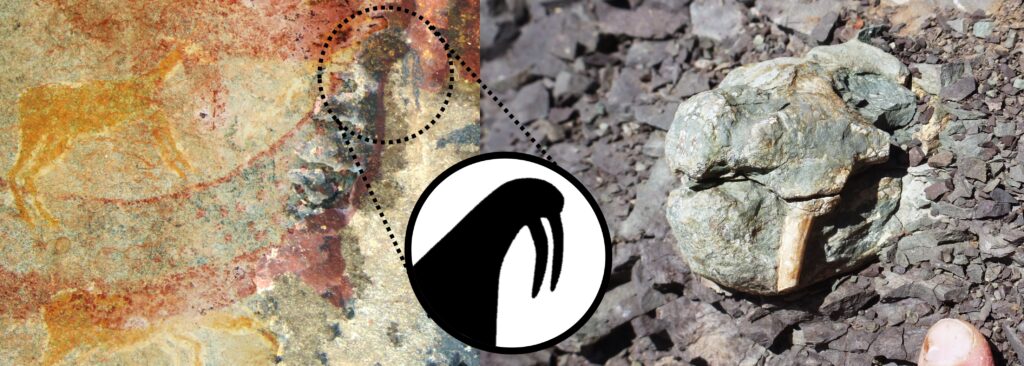
Dicynodonts are ancient relatives of mammals that roamed the Earth between 265 and 200 million years ago. The Karoo region of South Africa, where the painting was discovered, is renowned for its rich fossil deposits of these creatures.
“The San lived and hunted among Karoo fossil footprints, bones, skulls, and teeth of long-extinct reptiles,” says Benoit. “This painting provides compelling evidence that they not only discovered these fossils but also attempted to reconstruct the living animal in their art.”
Benoit has found numerous fossil bones in the immediate vicinity of the cave, supporting the theory that San artists based their depiction on actual fossil discoveries. Intriguingly, the painted animal’s body posture mimics the “death pose” commonly seen in fossilized skeletons, further strengthening the connection to paleontological findings.
The painting is estimated to have been created no later than 1835, predating the first scientific description of dicynodonts in 1845 by British palaeontologist Sir Richard Owen. This timeline establishes the San as pioneering palaeontologists, recognising and depicting extinct species well before the formal scientific community.
“This finding is extraordinary. It suggests that the San people were engaging in palaeontology long before Western scientists even knew these creatures existed,” says Benoit.
A San myth recalls that “enormous brutes” now completely extinct, used to roam southern Africa a very long time ago. This story may refer to the dicynodont fossils of the Karoo that the San discovered and tried to interpret. The study of the La Belle France cave painting and its mysterious animal supports this.
“The dicynodont may have been depicted as a ‘rain-animal,’ a mythical creature in San cosmology. They might have held special significance in San paintings.”
This research not only rewrites the history of palaeontology but also highlights the deep scientific understanding and keen observational skills of indigenous communities. It opens up new avenues for interpreting rock art and understanding the complex relationship between ancient peoples and the prehistoric world around them.
